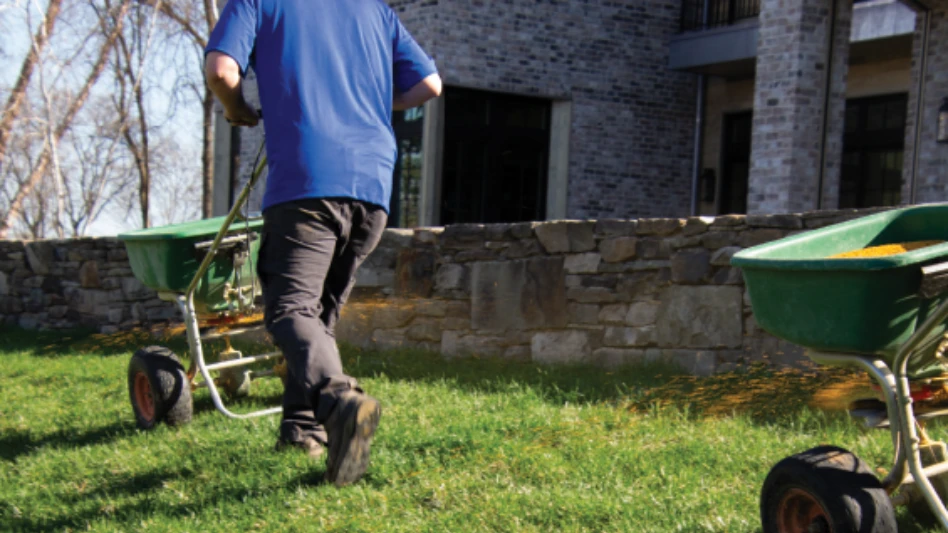Throughout the landscape, stands of junipers, spruce, pine and arborvitae are pocked with brown skeletons of dying trees that were defoliated by bagworms last year. This vivid reminder of last year’s devastation may make you wonder if there is anything you can do to stop bagworms from coming back and eating what’s left of your evergreens. Fortunately, there are many ways to control bagworms and June is the best month to begin. Start by learning the bagworm’s life cycle and how to recognize an active infestation. Then use this information to determine the best way to battle bagworms in your yard.
|
|
Bagworms are not really worms. They are actually caterpillars of moths. Bagworm caterpillars spend most of their lives in silk-lined bags that are covered with leaves they cut from plants. These camouflaged bags allow the caterpillars to hide from hungry birds and other predators while also offering protection from the elements. In late August, male caterpillars become adults and sprout wings. They then fly to find females and mate. Mated adult females never leave their bags. Instead, they continue feeding until they permanently tie their bags to twigs. They then lay up to 1,500 pearly yellow eggs, and die. These eggs remain inside the mother’s bodies throughout the winter.
In early June, eggs begin to hatch and tiny ‘naked’ bagworms crawl onto leaves to begin feeding and building their own protective bags. Eggs continue to hatch over a month-long period. On heavily crowded trees where there may not be enough food for all the hatchlings and some caterpillars will crawl to the tops of trees and dangle from silk threads. Wind catches the threads and blows the tiny insects to new trees where they will begin to feed and build bags.
With each female producing so many offspring, you may wonder why there are any trees left. Fortunately, not all bagworm caterpillars survive. Many are killed by cold weather, birds, rodents and small parasitic wasps. Frigid winter weather probably killed many bagworm eggs before spring arrived. Also, in the winter, brown bags containing eggs are more easily seen by birds and rodents who use them for a meal. Finally, two types of parasitic wasps were busy this fall and spring feasting on a diet of eggs.
Despite their problems, many bagworms are likely to have survived the winter. The first step to protect your trees and shrubs is to thoroughly examine them for the presence of overwintering bagworms. If you find less than 10 bags per plant, immediately pick them off and kill them by dropping them in a bucket of soapy water. If you have more than 10 bagworms per plant, you might want to spray young caterpillars with an insecticide after they have hatched from eggs. Look closely at foliage for small bags covered with green leaves to detect live infestations at least once each week. Spray bagworms with insecticide only after you find live bagworms.
Several materials can be sprayed control bagworms. The preferred foliar insecticide is spinosad (Fertilome Borer, Bagworm Leaf Miner and Tent Caterpillar Spray). It kills bagworms up to 1½ inches long and does not kill beneficial insects that prevent spider mite problems on evergreens. Bacillus thuringiensis (Bt) is another material that kills bagworms up to 1 inch long without harming predators of spider mites. Old standby foliar insecticides like acephate, carbaryl, and some pyrethroids like permethrin, and cyfluthrin will kill bagworms that are less than 1 inch long. The problem with these materials is that they also kill beneficial insects that keep spider mites from becoming a problem. At this time, there are no effective systemic insecticides you can apply to soil to kill bagworms.
The author is an extension entomologist with the Purdue University Department of Entomology, West Lafayette, Ind.
Latest from Lawn & Landscape
- Senske's Emerald Lawns adds Greenup Lawn and Shrub Care
- Giving back with words
- Turning books into thoughtful, interactive learning
- Bartlett Tree Experts acquire Oregon's Bartlett Tree Service
- Massey Services promotes Mumme to divisional VP, commercial services regio
- Asplundh Infrastructure Group promotes MacAleese to COO
- Caterpillar's Umpleby III to retire as executive chairman of board
- Beyond the Noise in 2026






